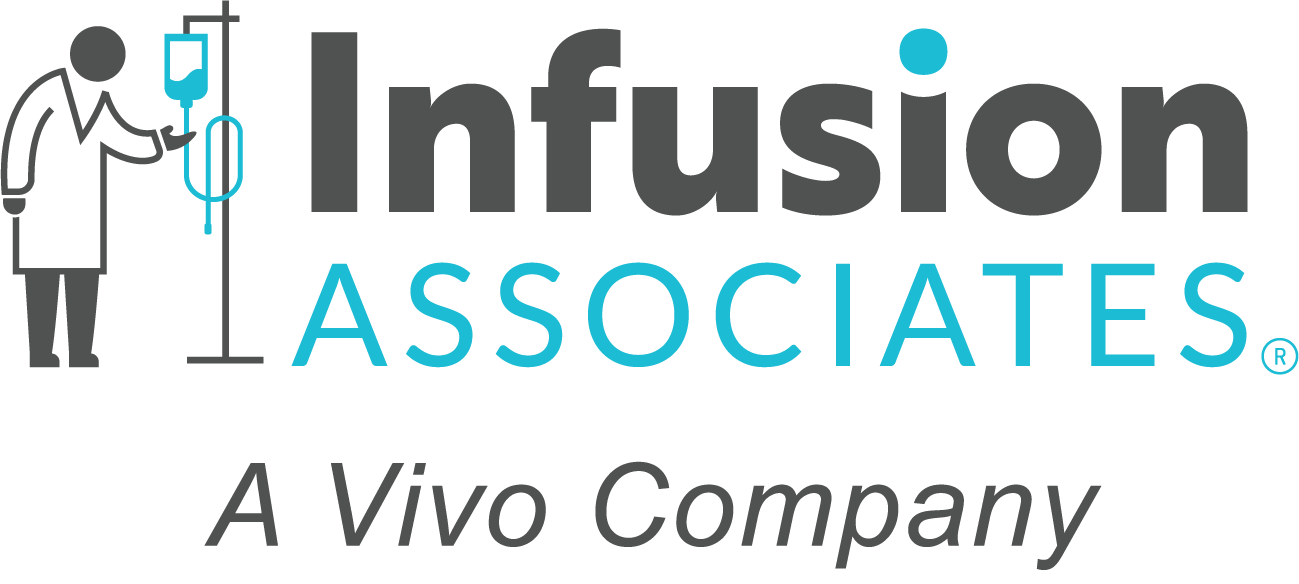Most people are familiar with IVs. If you or a loved one has ever been in the hospital, you’ve probably even experienced an IV up close. You’ve seen the pole with a bag attached to it, distributing some kind of liquid into the patient’s body. But few people actually know what exactly an IV is and how it works. If you’ve ever had questions about IVs or IV therapy, you’re not alone.
How an IV Works
In medical terms, intravenous — or IV, for short — refers to the administration of substances into the body through a vein or veins. IV therapy, therefore, works by delivering fluids directly into your veins. There are two primary methods of IV therapy:
1. Injection
Injection works by using a syringe to force a liquid into the body. IV injection is the fastest delivery method of all the injection types (below), and produces the most rapid results. In addition to being given intravenously, Injections can also be given through different routes, such as:
- Intradermal injections are given directly into the dermis (the middle layer) of the skin. This has the slowest absorption rate of the injection types, and is generally reserved for things like sensitivity tests.
- Intramuscular (IM) injections are given deep into a muscle and absorbed rapidly by blood vessels. These injections, such as flu shots and epi-pens, are often given in the thigh, shoulder, or butt.
- Subcutaneous (SubQ) injections are given in the innermost layer of the skin. These injections are slower than the intramuscular type but faster than intradermal administrations. Common uses of subcutaneous injections include PROCRIT®, Aranesp®, RETACRIT™, Prolia, XOLAIR®, and NUCALA.
While injection is an extremely common form of intravenous administration, when most people speak of “an IV,” they are referring to the second type of IV therapy — infusion.
2. Infusion
Unlike injection, infusion uses a pump or the natural force of gravity to deliver fluids into the body. For this reason they are often referred to as drips. The goal with an IV infusion is to produce a controlled delivery of a substance into the bloodstream over time. Infusion times will vary based on what is a safe drip rate for a given medication or supplement.
In a typical infusion setup, a bag of the substance that is being administered is suspended from a pole and lines are run to a catheter in the patient’s vein — most commonly located in the wrist, elbow, or back of hand. Like IV injections, IV infusions deliver the medication directly into the bloodstream, leading to rapid absorption and more noticeable immediate effects. Some infusion treatments may be given into the skin and muscles, but IV infusion is the most prominent form of infusion therapy available today.
Read: Infusion Therapy Guide for Patients
Reasons for an IV
For most people, an IV drip is not part of their routine. It may be an expected part of hospitalization from surgery or acute illness, but nothing more. For patients with chronic diseases or special medical needs, however, an IV can become a vital piece of living a normal life. Some of the most common reasons for receiving an IV are:
Dehydration
Since an IV delivers fluid directly into the bloodstream, it is the most efficient way to rehydrate the body. IV hydration is commonly used to manage hydration levels during surgery as well as to rehydrate patients who have lost fluids due to illness or excessive physical activity. Patients can also receive IV infusions of electrolytes and vitamins when needed.
Infections
In certain cases patients may be unable to take oral antibiotics, or the infection might be resistant to the available oral medication options. The effective medication in these situations is often IV antibiotics, which are stronger and work more quickly than the oral alternatives.
Chemotherapy for Cancer Treatments
IV chemotherapy is the most common form of chemotherapy given today. It sends the medication directly into the bloodstream through a vein in the arm, hand, or chest in order to kill cancer cells throughout the body.
Chronic Conditions
Biologic medications, Intravenous Immunoglobulin (IVIg), and other medications have proven an effective management program for patients suffering from certain chronic conditions and autoimmune diseases, such as:
- Rheumatoid Arthritis
- Lupus
- Gout
- Multiple sclerosis
- Psoriasis
- Others
Side Effects & Complications from IV Therapy
While substances given through an IV carry their own risk of side effects, complications from the IV itself — when administered properly — are fairly minimal. The most commonly reported side effects include:
- Headache
- Dizziness
- Nausea
- Muscle Stiffness
- Skin irritation at the injection site
Other risks include infection at the site where the IV needle is inserted. The needle could also become dislodged, causing the solution to enter the surrounding tissues. Entrusting your IV therapy to a registered medical professional will lower these risks.
If Your Doctor Has Recommended IV Infusion Therapy, Let Infusion Associates Help You
At Infusion Associates, we provide medically-prescribed infusion therapy for patients in a welcoming and friendly environment. Our team of healthcare professionals is fully committed to making the experience as comfortable as possible for you or your patients. We always inform patients of any potential side effects and answer all their questions before starting treatment. In addition, we have a Registered Pharmacist on-site to make the process as seamless as possible.
If you would like to refer a patient to us or want to inquire about the treatments we offer, you can contact us by calling us at 616-954-0600 or filling out this form.

